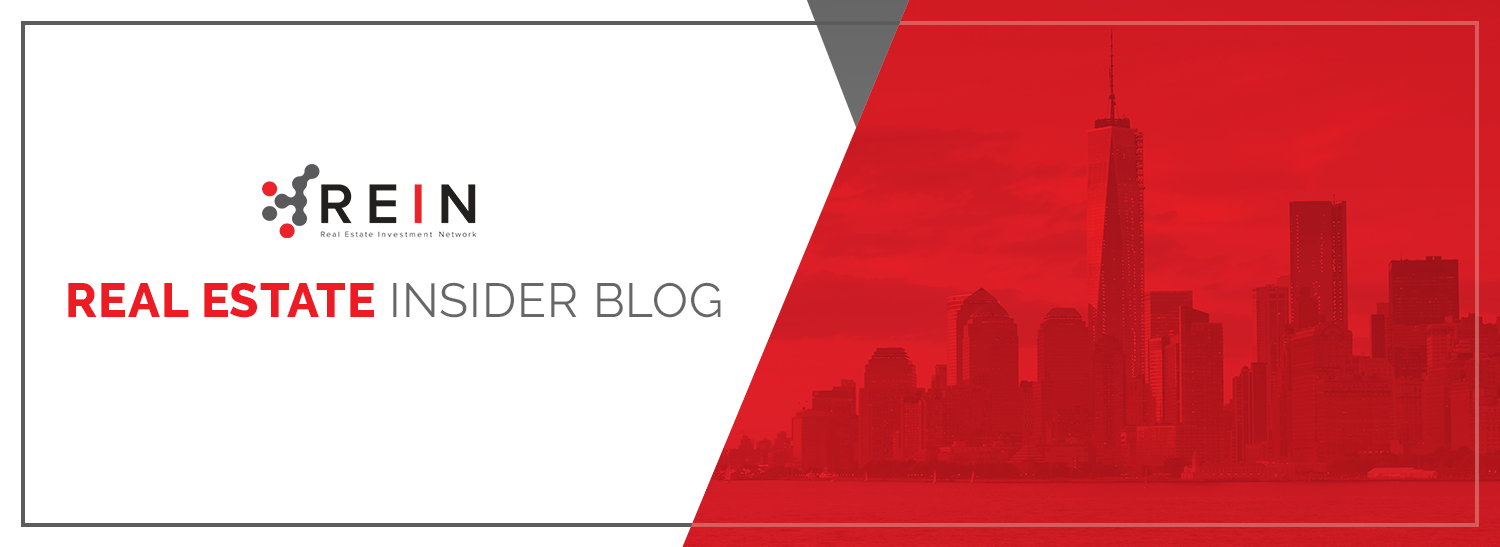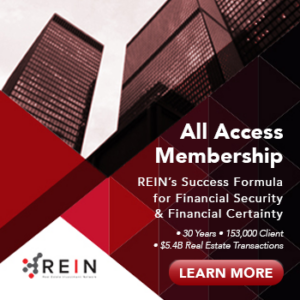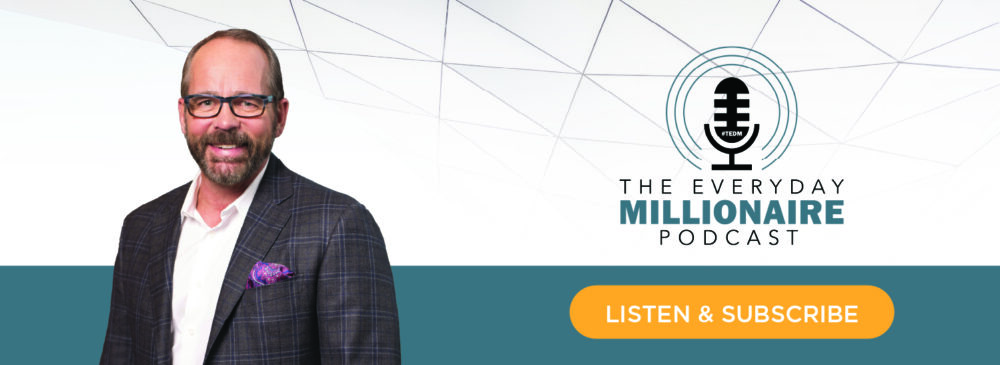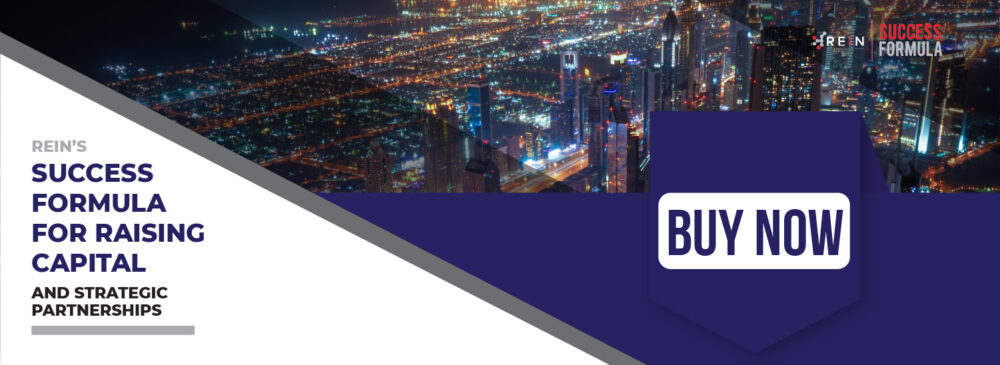Using Debt Coverage Ratio (DCR) Lending to Take You From 6 to 24+ Doors

By David Goncalves
In my previous post, Your First Five Investment Properties, I shared five integral steps to jumpstarting your real estate business. These steps included identifying your real estate investor team, taking a look at where you are today, setting goals and targets, implementing your plan and lastly, preparing for the next stage in your venture.
If there was one main takeaway from that post, it was that planning is key in order for real estate investing to be an outstanding and rewarding experience. Every venture should begin with a strong, informed BluePrint, established before the purchase of your first investment property and one that should be utilized all the way through to your hundredth.
In this post, Id like to share with you how to prepare for the next stage in your venture which has the capacity to take you from 6 to 24+ doors. While most banks have limited door/rental property policies in place, and will not exceed five properties without an exception (if any), connecting with an experienced and trusted mortgage advisor is key to overcoming this. An experienced mortgage advisor should be able to identify the stress points before you encounter them, and assist you in creating a personal BluePrint that evolves with the lending landscape.
As you approach the purchase of your sixth property, you will want to take advantage of the following:
- Refinance your portfolio to maximize your access to capital. This will become increasingly difficult to do with the purchase of your sixth property.
- Review your amortization. By increasing it, you can further improve your cash flow and that will become a key component of your ability to finance going forward. Fun fact: Did you know that you can get up to 35-years amortization?
- Review your portfolios equity (including your primary residence). Increase your HELOCs and add HELOCs to your investment properties to access additional cash when needed. These options may not be available once you close on your sixth property.
- One common trend among successful investors is keeping good financial records. In your mortgage binder you should always have up-to-date leases, net worth statements, income documentation, property taxes, mortgage statements and identification.
- Debt coverage ratio (DCR) Managing your DCR is key to ensuring successful portfolio growth. Lenders are usually looking for a ratio of 1:1.10. That means for every dollar in expenses, you have $1.10 in gross rent. In some cases, some lenders will accept surplus rental income as qualifiable income.
- Depending on the province where the property is located, the lenders rules will differ. For example, in Ontario there are multiple DCR lenders that will lend to investors who own beyond five properties and can take you up to 24+. Outside of Ontario, there are fewer DCR lenders. With fewer options, investors can typically take their portfolio to 16 properties. Knowing this allows you to be strategic as to where to consider long-term investment purchases.
Im frequently asked, what is a DCR lender? A DCR lender is looking for sophisticated investors with good credit and good assets with sustainable positive cash flow. Therefore, to make your portfolio more attractive to a DCR lender, focus on three key components:
- Buy in larger urban communities. Lenders perceive bigger markets to provide better liquidity in the case of a foreclosure. Remember, lenders are not in the business of owning real estate, they are in the business of lending money.
- Purchase or renovate so you have good, marketable properties. This is simple; ask yourself if you would you live there. If the answer is no, its probably not an attractive and marketable property for a lender.
- Most importantly, good positive cash flow is key. Lenders will look at your total portfolio even if the mortgages are not held by them. This is why it is important to analyse how the portfolio functions as a whole. So, if you are selling a property within a portfolio, make sure the rest of the portfolio will still have strong cash flow. Remember, lenders are looking for 1:1.1 ratio.
Preparing for the next stage
At 16 to 24+ properties, one may wonder if this is the end of the road for them. The great news is its not! As you approach the end of your DCR retail lenders ability to lend, you will want to consider turning your portfolio into a commercial banking product that utilizes a blanket mortgage.
As you can see, there is much to consider when carefully planning your real estate venture and its growth. The key is to plan early on and with the support of your real estate investor team, as doing so keeps you informed along the way, allows you to be in control at all stages and ultimately jump-start the beginning of what can become a very financially rewarding experience.
David Goncalves has been in the mortgage industry for 12+ years. During this time, he has funded approximately $1.2 billion in mortgages. He was Rookie of the Year at RBC, and later received Gold and Platinum Club awards. David has been a mentor to many Mortgages Sales Professionals during his career. He always refers to the industry not as a sales industry, but rather a people business. His goal is always to find customized solutions for his client’s needs.
{{cta(‘09755722-f657-479b-954f-6d683366ec28’)}}




